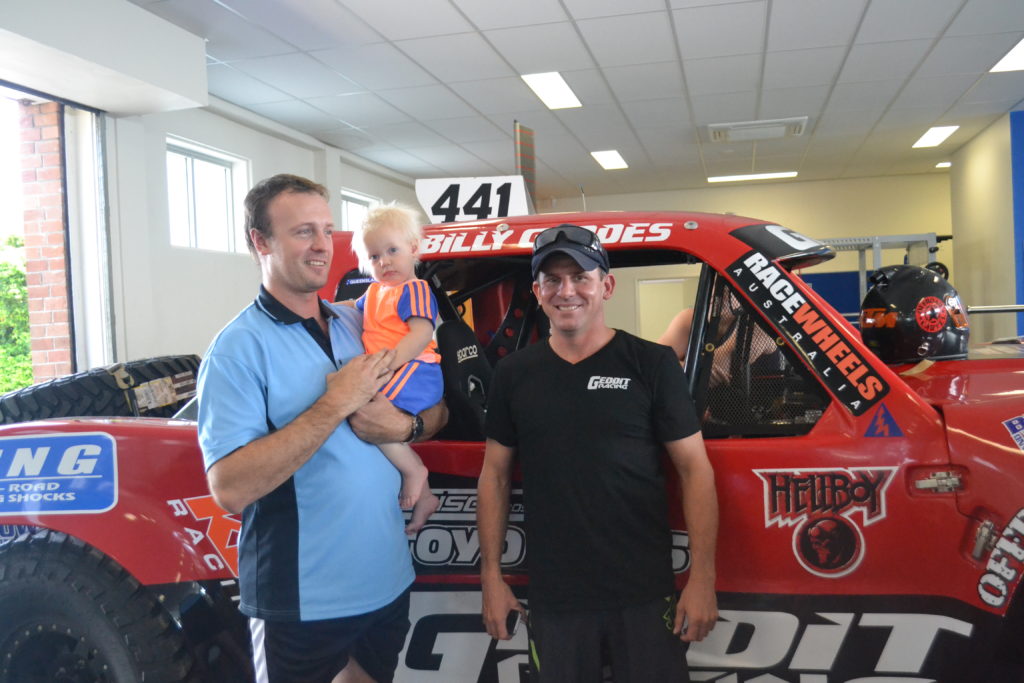You hear it all the time in so many industries, about doing the basic things right.
In athlete development this is especially true. We have been coordinating some athlete development clinics over the past few weeks at Vector Health to spread the word about what proper athletic development is about.
So, in a nutshell, this is what we do, to help athletes, young and old develop into better athletes:
- Assessment or Testing?
We do both initially, but sometimes it may not be obvious. We watch you as soon as you walk in the door, and watch you move. This, after all the years of good old research, is still one of the best ways to figure out what is wrong and right about an athlete. Watching someone go through basic movements, squatting, push up, bracing in different planes, balancing and jump and landing is amazing. You can see so much from such simple things.
We do use assessment tools such as the Functional Movement Screen, which is great, as it presents a universal and reliable assessment of movement competency that anyone who knows anything about the FMS can pick up and use to help work out what is wrong and right with an athlete’s movement capability.
We do test, but my argument would be whats the point of testing someone’s absolute performance when a simple assessment reveals poor mechanics or competency in basic movements? You are not getting a reflective view on anything other than an athlete’s ability to push themselves through obvious discomfort, pain or a lack of coordination. So, sometimes I do not bother with performance testing until I know that the athlete is competent at moving well.
2. What are the basics? (this is how I define the basics, the textbooks might do it differently, but athletes understand these ways of describing the basics!)
- Mobility – the range of motion around a joint
- Stability – the ability to reduce or control force production
- Strength – ability to generate force in the appropriate plane
- Aerobic Fitness – the ability to overcome physical and mental challenges
- Power – How much force can you produce in how much time?
- Speed – How fast can you run, how well can you accelerate
- Agility – How well can you change directions and react to external stimulus?
3. Coaching the basics. Sometimes the best thing to do as a coach is demonstrate the activity. Then just ask a younger athlete in particular to have a go at it. Using video feedback with younger athletes in particular I find works really well, as does tactile feedback. Sometimes its necessary to put the athlete in the position you need them to get into first, rather than just telling them how to do it. You can do this in 30 seconds, or spend 5 minutes watching and trying to coach them verbally.
You need to be patient. You are NOT going to get everyone to get everything right the first, second or even third time. Some movement patterns take time to develop as a habit. You need to be comfortable as an athlete learning and making these movement patterns automatic, and as a coach, cueing over and over again to make it automated. You need to progressively stop telling and start asking, so that you are asking the athlete to problem solve, and take ownership over the way they are moving too. This is something that is really important in converting to that autonomous learning stage in my opinion with movement-based coaching.
4. What should doing the basics look or feel like, (especially as a parent)?
Sometimes, you will not come out of a session sweating, panting and feeling like you never want to do anything again. You will most likely come away sometimes feeling like you did not do enough! Thats because when we are learning basic movements, when we are focused on the quality of movement, the area of development is your BRAIN! Your muscles are already there. Its your brain that needs to learn how to control your muscles and joints better. So, the first 4 to 8 weeks may not be “intense” physically but more mentally.
The results of doing things slowly, and focusing on quality rather than quantity is that when you progress through teenage years, you have been taught three very important things in athletic development:
- Patience and Persistence.
- How to train. Its not just smashing yourself, its about quality over quantity.
- How to accept and grow from structured feedback.
If you would like to talk to someone at Vector Health, you are welcome to call 4927 8190 and arrange a time to meet with Glenn Hansen, Director Coaching to discuss your (or your child’s) athletic development in more detail. I hope you enjoyed this article and it makes sense.
For athletes who are over 16, and parents and coaches, who are interested, I am coordinating a FREE clinic on Strength and Power training for athletic performance starting 1st August, with three separate clinics that are able to be attended.
To sign up for this FREE clinic, please CLICK HERE to register yourself.

